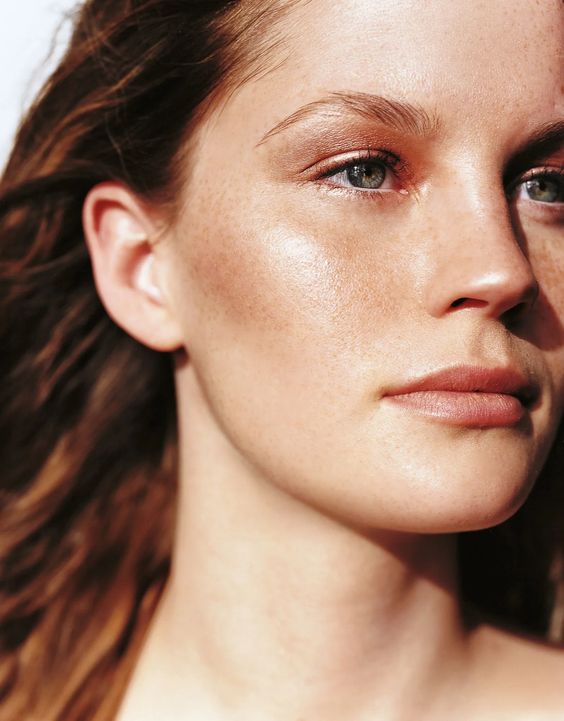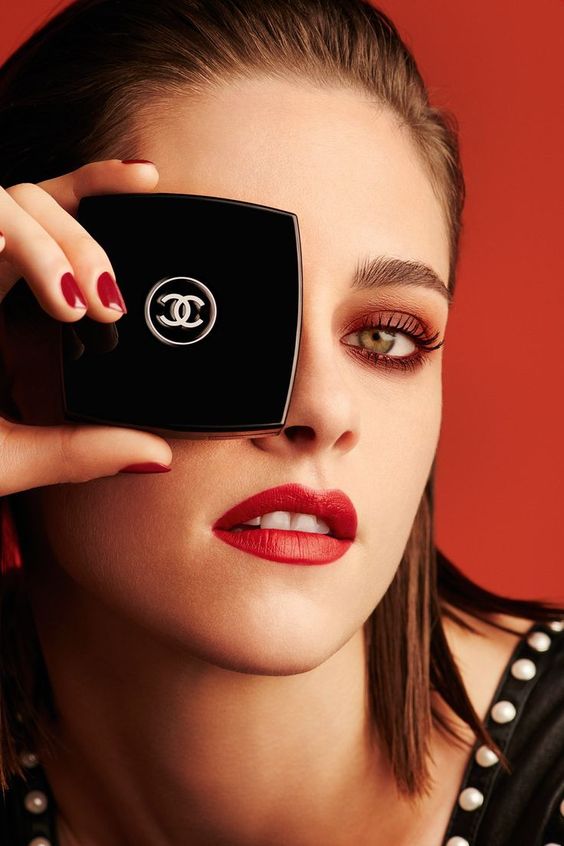Skincare is much the same. But the thing is, it’s much harder than, say, curdled milk to spot the things that don’t go together because every week there’s a shiny new product on the shelf, luring you in with ingredients you can’t pronounce all bearing the promise of younger, shinier, clearer skin. And naturally, you want it all. Even for someone who writes about it for a living, skincare can be just plain overwhelming.
Somewhere between our Ten-O-Six splashing teens and Korean nine-step nighttime routines beauty got really confusing. And now, you basically needed a PHD in chemistry to understand if acid is good for pigmentation, or whether hemp oil would do the trick. Beauty got hard. But we believe it shouldn’t be. Which is why we’ve enlisted the help of some people that never get bamboozled at the beauty counter to decipher the mysterious language of modern age beauty products, what the hell they all do, and how to find the perfect ingredient pairings for your skin.
Active Wear
Seen the word “active ingredient” bounced around in beauty editorials? Well these guys aren’t just sporting a bit of Lululemon while they lunch with Susan at Bergdorf’s. These ingredients, they work hard for the money – and the money is your face. Dr. Morgan Rabach, board certified dermatologist and co-founder of LM Medical explains, “these ingredients cause a biological change in the skin cells and have been studied and proven to effect this change in a laboratory setting.” It’s these ingredients that essentially address the skin concern(s) that made you pick up the product in the first place, for example, salicylic acid in a spot treatment. And, because of their potency the FDA regulates them in a similar way to medication.
So if the active ingredients are the heavy hitters, are the inactive ones just slugging around on the bench, napping between innings? Dr. Rabach says no. “These are important because depending on how they interact with the active ingredient, will help determine how much the active ingredient affects the skin.”
Knowing the power of these ingredients, it’s no surprise that getting a little product-happy can actually have the reverse effect and irritate the skin. Melanie Grant, skin expert and founder of Melanie Grant Skin Health and the Skin Edit says, “When it comes to powerful, active skin care the more is not the merrier,” she says. “It is important to ensure your regime is a careful balance of actives as well as calming and nourishing products that feed and protect skin.”
As a general rule Melanie would recommend no more than three or four actives at any one time, and importantly, new actives should be introduced into your routine slowly so your skin can get used to them. Going too hard on actives would most commonly cause your face to become overly dry and flaky, but in some (more extreme) cases it can cause an almost chemical-burn-like reaction.





